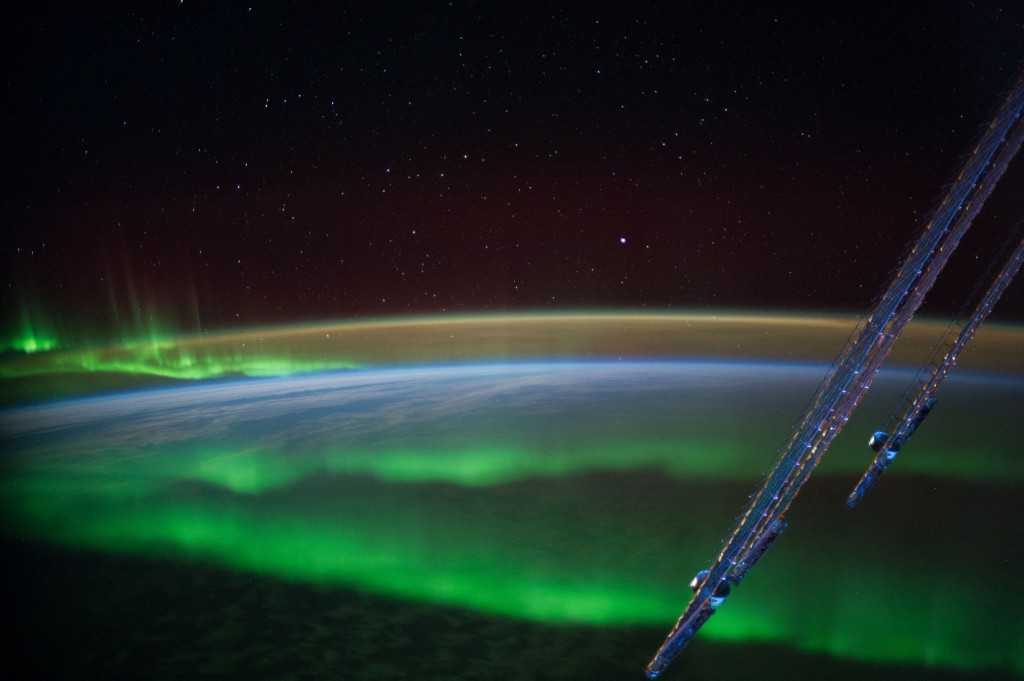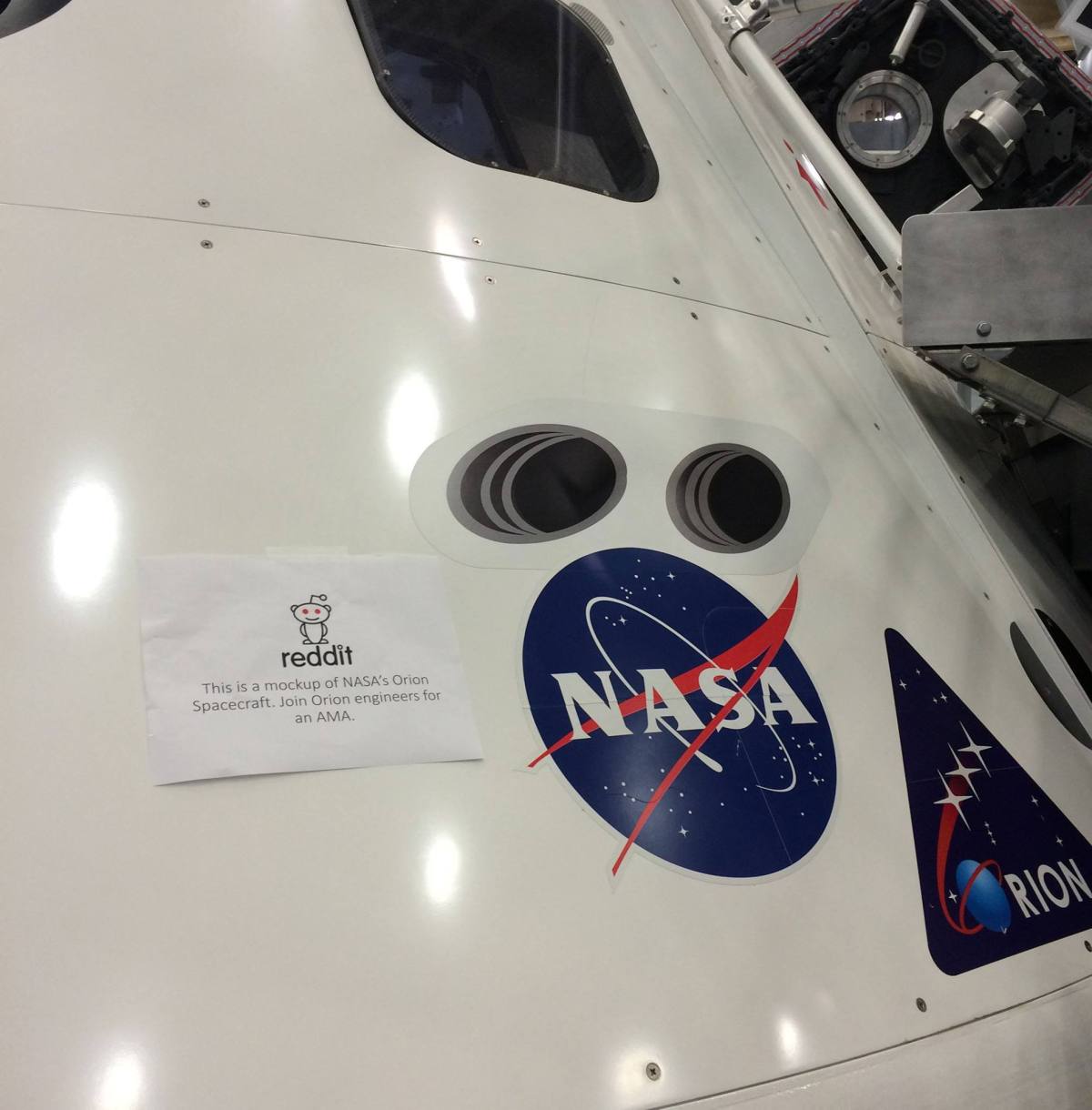America’s human space exploration goals for the 21st Century include destinations both in low-Earth orbit to the International Space Station and deep space missions to an asteroid and even to Mars. Different exploration destinations require different systems. NASA’s Journey to Mars will take a critical step forward with the first test launch of the Orion spacecraft, which the agency will own and operate. Meanwhile, NASA’s Commercial Crew Program is spearheading the development of two commercially owned and operated space transportation systems that will give astronauts safe, reliable and cost-effective access to and from the International Space Station, where cutting edge research and technology developments are increasing our knowledge about what it takes to live and work for long periods of time in space. These new American spacecraft also will allow us to add a seventh crew member to the space station and double the amount of time the crew has to conduct research aboard the unique microgravity laboratory. Watch the video highlighting NASA’s parallel path above and hop on over to the Orion blog to follow along with all of the exciting milestones of Orion’s first test, from tanking and launch to splashdown and recovery.
Boeing Completes First Crew Transportation Contract Milestone
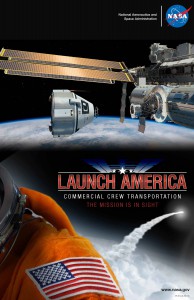 NASA has approved the completion of Boeing’s first milestone, the Certification Baseline Review, in the company’s path toward launching crews to the International Space Station from the United States under a groundbreaking Commercial Crew Transportation Capability (CCtCap) contract.
NASA has approved the completion of Boeing’s first milestone, the Certification Baseline Review, in the company’s path toward launching crews to the International Space Station from the United States under a groundbreaking Commercial Crew Transportation Capability (CCtCap) contract.
“The work done now is crucial to each of the future steps in the path to certification, including a flight test to the International Space Station,” said Kathy Lueders, manager of NASA’s Commercial Crew Program. “This first milestone establishes an expected operating rhythm for NASA and Boeing to meet our certification goal.”
Read details about Boeing’s milestone here.
What Are You Thankful For?
At NASA, we’re thankful to have astronauts working off the Earth, for the Earth. Every day, our crew members perform life-changing research like studying the effects of weightlessness on the human body. This research is teaching us how to survive off the planet as well as improving the lives of people living on the planet.
We’re also thankful for the opportunity to work with industry partners to design, build and eventually fly a new fleet of spacecraft capable of transporting crews to and from the station. These systems will not only give the U.S. its own safe, reliable and cost-effective system to transport our crews, but will also enable NASA to send an additional crew member to the space station, who can double the amount of scientific research performed on the station today.
What are you thankful for this Thanksgiving?
NASA Commercial Crew Partners Continue System Advancements

NASA’s industry partners completed and added new development milestones under agreements with the agency’s Commercial Crew Program. The work performed by Blue Origin, Boeing, Sierra Nevada Corporation and SpaceX during partnership and contract initiatives are leading a new generation of safe, reliable and cost-effective crew space transportation systems to low-Earth orbit destinations. Learn more about what has been accomplished and what has been added here.
Commercial Crew’s Collector Card Family Expands!
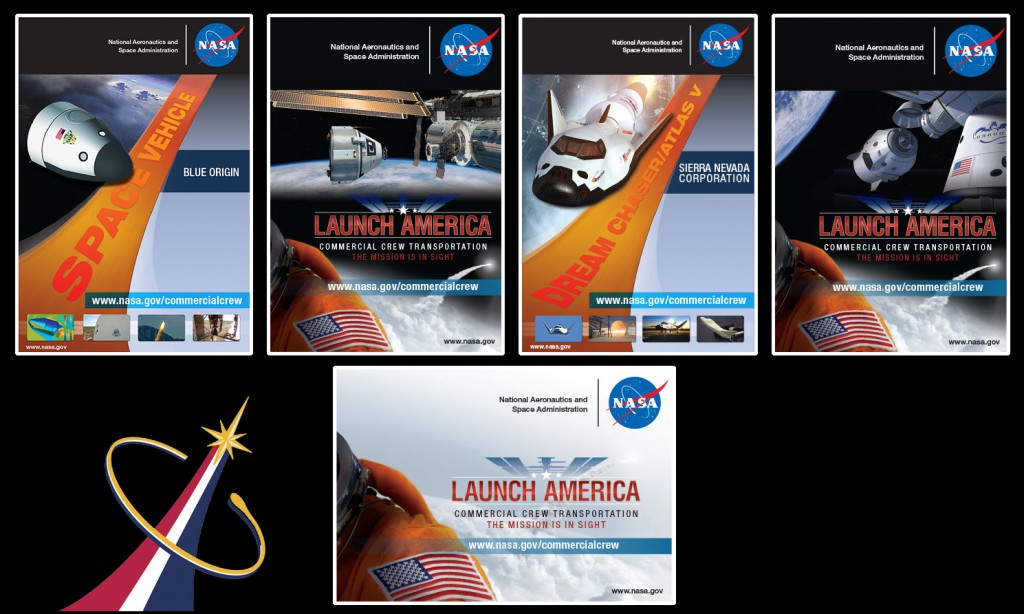 We’ve added two more collector cards to the Commercial Crew set! Blue Origin’s Space Vehicle and Sierra Nevada Corporation’s Dream Chaser join Boeing’s CST-100 and SpaceX’s Crew Dragon, along with the card for NASA’s Commercial Crew Program. All the companies are working in partnership with NASA to develop their respective spacecraft and are in different stages of agreements.
We’ve added two more collector cards to the Commercial Crew set! Blue Origin’s Space Vehicle and Sierra Nevada Corporation’s Dream Chaser join Boeing’s CST-100 and SpaceX’s Crew Dragon, along with the card for NASA’s Commercial Crew Program. All the companies are working in partnership with NASA to develop their respective spacecraft and are in different stages of agreements.
The goal is to build and fly a new generation of spacecraft capable of carrying people to low-Earth orbit and the International Space Station from America in the next three years. It’s a great challenge on many levels, but combining NASA’s know-how with the industrial prowess of American aerospace companies puts the opportunity to create a new business system within reach.
To download and print the cards, click on each of these links: Blue Origin Space Vehicle, Boeing CST-100, Commercial Crew Program, Sierra Nevada Corporation Dream Chaser and SpaceX Crew Dragon. For best results, use card stock and select auto-rotate and center and the two-sided option in your printer settings. If the two-sided option isn’t available, print page 1 and reload the paper before printing page 2.
Ask the Orion Team Anything Today on Reddit
 NASA’s Commercial Crew and Orion programs are part of an interdependent approach to space exploration. While NASA’s industry partners are testing their systems and components for missions to low-Earth orbit, the agency is gearing up for the first flight test of a new flagship spacecraft called Orion which is designed to carry astronauts far from Earth. Tune in to today’s Reddit AMA
NASA’s Commercial Crew and Orion programs are part of an interdependent approach to space exploration. While NASA’s industry partners are testing their systems and components for missions to low-Earth orbit, the agency is gearing up for the first flight test of a new flagship spacecraft called Orion which is designed to carry astronauts far from Earth. Tune in to today’s Reddit AMA
at 3 p.m. ET to ask Orion’s engineering team your #Orion questions.
14 Years Ago: The First Crew Moves Into Space Station

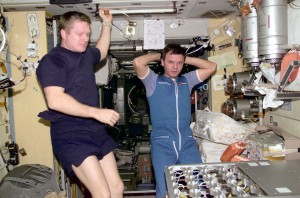
Astronaut Bill Shepherd and cosmonauts Sergei Krikalev and Yuri Gidzenko opened the hatch on history Nov. 2, 2000, when they moved into the International Space Station to begin permanent habitation of the orbiting laboratory. The station was in its embryonic stages of construction then, comprising just three pressurized modules: the Unity node, Zarya and Zvezda. Since then, the station has grown to a mass of a million pounds and has a pressurized volume comparable to a house. It also has numerous laboratories and facilities inside along with the necessities of orbital life. The 14-year mark is a record for continuous occupation of a spacecraft. The Russian space station Mir held the previous mark at just under 10 years.
 Spacecraft developed in partnership with NASA’s Commercial Crew Program are expected to keep that record going when they arrive at the station later this decade carrying astronauts and cargo. The greatest impact of the missions will be to enable double the amount of research aboard the unique research facility. Already, the station has impacted research in numerous fields ranging from biological studies to materials sciences and Earth observations.
Spacecraft developed in partnership with NASA’s Commercial Crew Program are expected to keep that record going when they arrive at the station later this decade carrying astronauts and cargo. The greatest impact of the missions will be to enable double the amount of research aboard the unique research facility. Already, the station has impacted research in numerous fields ranging from biological studies to materials sciences and Earth observations.
Space Station Tech On Display
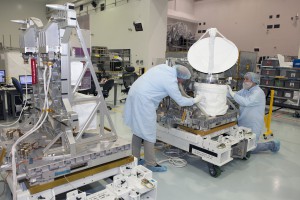 Researchers and engineers will discuss today the technological advances being tried out and perfected aboard the International Space Station during a forum that will be shown live on NASA TV beginning at 10 a.m. You can watch the hour-long event on TV or streaming here. The station’s capacity to host cutting-edge experiments is unparalleled and ranges from new ways to examine elements of Earth’s atmosphere using such investigations as RapidScat to the promising innovations of 3D printing.
Researchers and engineers will discuss today the technological advances being tried out and perfected aboard the International Space Station during a forum that will be shown live on NASA TV beginning at 10 a.m. You can watch the hour-long event on TV or streaming here. The station’s capacity to host cutting-edge experiments is unparalleled and ranges from new ways to examine elements of Earth’s atmosphere using such investigations as RapidScat to the promising innovations of 3D printing.
The envelope of discovery is expected to grow significantly in the near future when NASA’s Commercial Crew Program-supported spacecraft begin missions to the orbiting laboratory. Because the new generation of spacecraft will carry astronauts, the station’s crew will grow and allow the amount of time dedicated to science to double on the station.
NASA Statement on Court of Federal Claims Decision
NASA is pleased the U.S. Court of Federal Claims Oct. 21 allowed NASA to proceed with the performance of its Commercial Crew Transportation Capability (CCtCap) contracts while the U.S. Government Accountability Office (GAO) considers the GAO bid protest filed by Sierra Nevada Corporation. NASA will continue to work with Boeing and SpaceX on the contracts that will enable safe and reliable crew transportation to and from the International Space Station on American spacecraft launched from U.S. soil.
Experiment Stand on Station Marks 100,000 Hours of Space Research
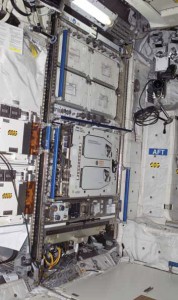 The first of the work stands custom-built for science experiments operating on the International Space Station marked its 100,000th hour of operation this month. EXPRESS Rack 1, as the device is known, is housed inside the U.S.-built Destiny laboratory of the space station. Before installation on the station, the design was tried out during space shuttle missions. The rack offers electricity, network connections and access to the projects by station crew members. It was revolutionary for NASA because it offered a standardized platform that could be put in place and experiments could be plugged in and out of it during the life of the station. That means research can span several specialties on the station from medicine to computer chips and manufacturing of lighter metals.
The first of the work stands custom-built for science experiments operating on the International Space Station marked its 100,000th hour of operation this month. EXPRESS Rack 1, as the device is known, is housed inside the U.S.-built Destiny laboratory of the space station. Before installation on the station, the design was tried out during space shuttle missions. The rack offers electricity, network connections and access to the projects by station crew members. It was revolutionary for NASA because it offered a standardized platform that could be put in place and experiments could be plugged in and out of it during the life of the station. That means research can span several specialties on the station from medicine to computer chips and manufacturing of lighter metals.
NASA’s Commercial Crew Program spacecraft will be capable of carrying payloads to the station along with crew as part of the agency’s work to effectively double the amount of research conducted aboard the orbiting laboratory.

